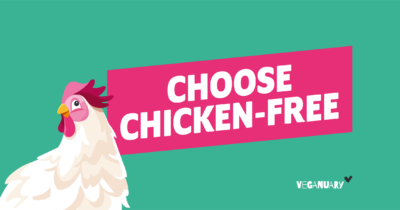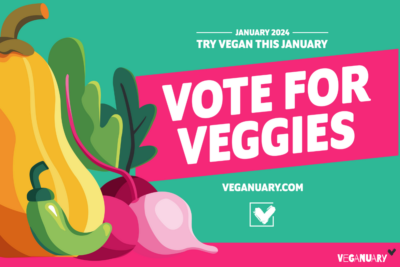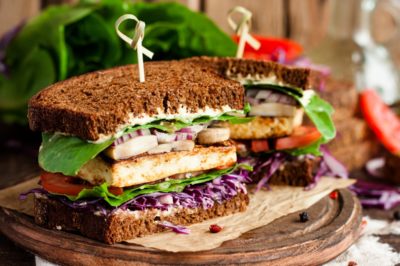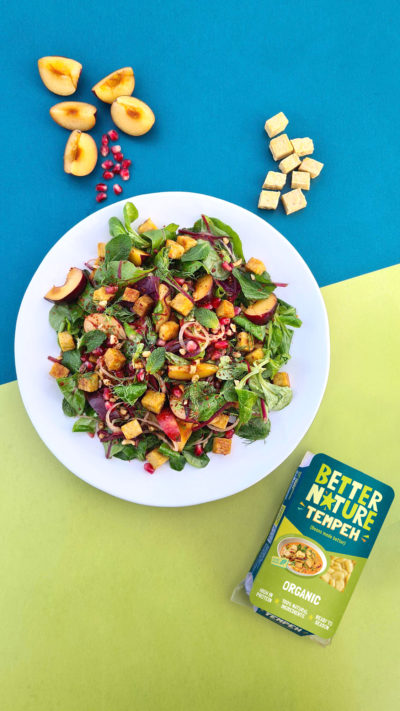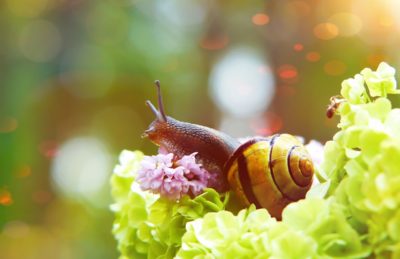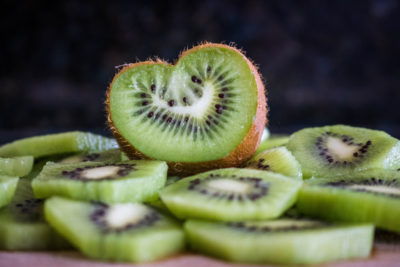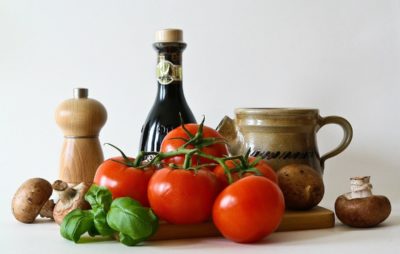When you try vegan, you’ll realize just how many stereotypes there are around plant-powered living. Sometimes it can be tricky to know the right answer, especially if you’re put on the spot! Whether someone’s asking you about vitamin deficiencies, cows exploding if they’re not milked, or being stranded on a desert island, we’ve got you covered. Read our bite-sized answers to the most common vegan myths.
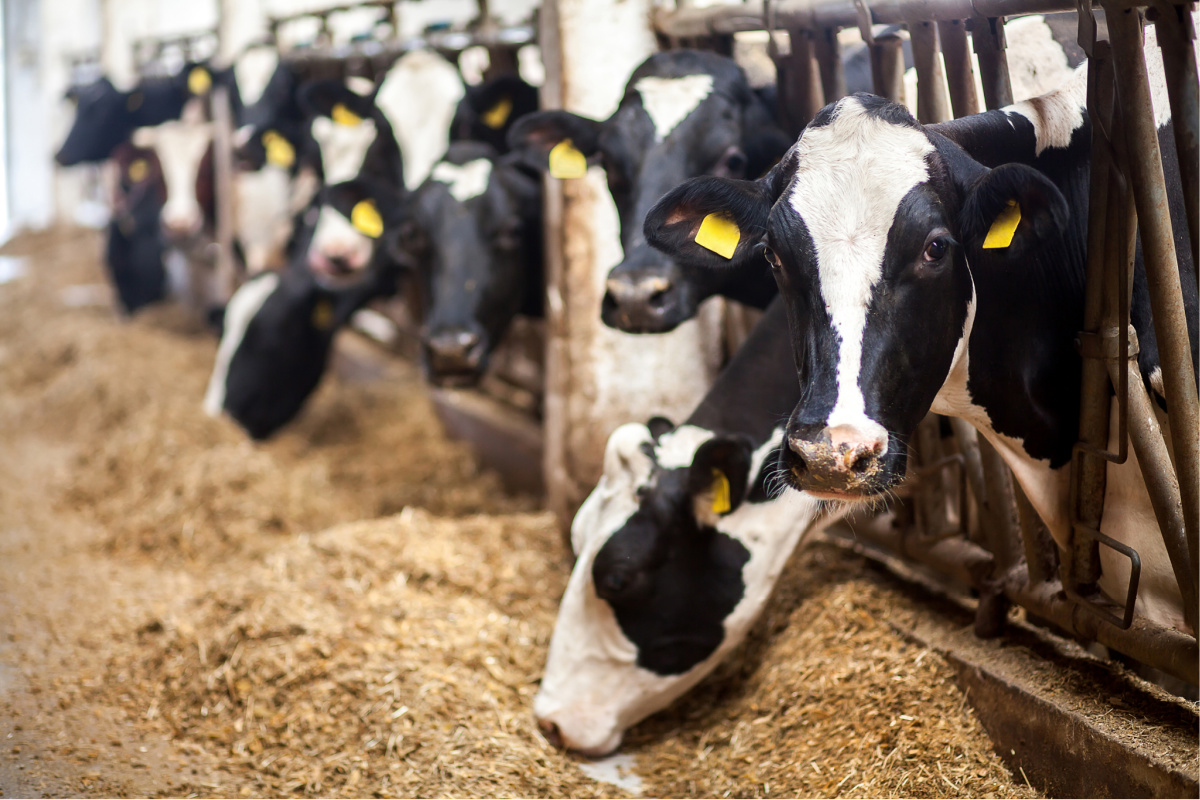
But where do you get your protein?
The most common vegan myth out there is that you must consume meat to get enough protein. This is simply not true. There may be protein in meat, but that doesn’t mean that it doesn’t exist anywhere else. In fact, vegans simply do what cows, pigs, sheep, and chickens do: We go to the source.
Vegan protein sources include:
- Green vegetables (the superstars are kale, broccoli, seaweed, peas, and spinach)
- Beans and pulses (lentils, lima, edamame, pinto, and black)
- Grains (brown rice, whole wheat pasta, quinoa, and bulgur wheat)
- Nuts (brazils, peanuts, cashews, almonds, pistachios, and walnuts)
Getting enough protein in your diet is not as big a deal as this question will make you think it is at first. Simply be aware of what plant-based foods are protein-rich and try to include some in all your meals.
There are some easy go-to foods you can rely on, such as a peanut butter sandwich (although now that you’re vegan, you’ll discover the delights of cashew and hazelnut as well), quinoa on your salad, a big pot of chili with kidney, black-eyed and cannellini beans, quinoa, or a stir-fry with tofu and lots of veggies… And that’s only scratching the surface. There really is so much to choose from that often you won’t even notice you’re doing it!
But what if you were stranded on a desert island?
Despite the fact that this situation is an incredibly rare occurrence, this question does seem to get asked of vegans a lot. Odd really. Still, let’s play along.
We would eat the bananas, mangoes and coconuts that tend to grow in abundance on such islands. We’d eat whatever the animals are eating as digging up tubers or picking berries would be a lot safer than hunting, trapping, killing, butchering, and cooking a wild animal. Of course, we realize this is not really about desert islands but more about finding the limit to our resolve: If you were starving, what would you do then? If we were starving, and there was no other option, it’s possible we would even eat the questioner.
But if we may be permitted to ask a question of our own… If you lived on an island where delicious vegan food was available on every main street, would you still keep consuming the corpses of animals?
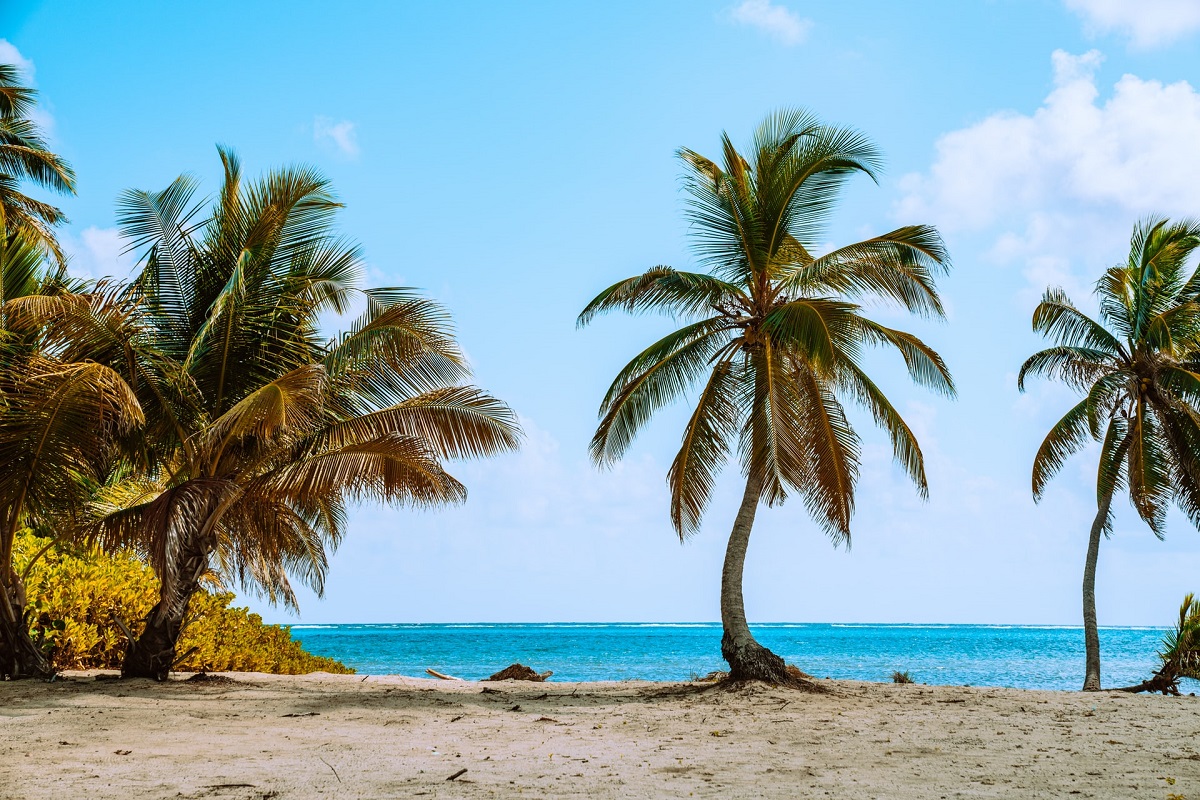
Don’t tofu and soy contain estrogen and lower testosterone?
Soy has no known effect on testosterone levels in men.
Soy beans contain isoflavones, which are members of a group of compounds called phytoestrogens. Because isoflavones bind to the same receptors in the body as estrogen, a misconception built up. Now, research has confirmed that isoflavones are not the same as estrogen, and do not have the same effect as estrogen.
Furthermore, a 2010 study looked at whether soy has estrogenic-like effects in men and lowers available testosterone levels. It concluded:
‘The results […] suggest that neither soy foods nor isoflavone supplements alter measures of bioavailable testosterone concentrations in men.’
Hamilton-Reeves JM, et al.
Don’t cows have to be milked, or they’ll explode?
A cow can only produce milk if she gives birth to a calf. The cows on dairy farms are impregnated every year so that they continuously supply milk. In a natural setting, cows would fall pregnant normally, calves would suckle from their mothers, and milking by humans would be completely unnecessary.
On dairy farms, however, calves are taken from their mothers only a day or two after they’re born. This is to maximize on the milk produced by their mothers for human consumption. Female calves are then raised as milk producers, slaughtered immediately, or possibly sold for veal production. Male calves have only two options: They are raised for veal, where they are confined in small pens or crates with restricted movement, and then slaughtered at six months, or they are killed right away and sold as low-grade meat.
Cows can live for up to 20 years. On dairy farms, the average age of a milk-producing cow is less than five years old.
Don’t plants feel pain too?
Plants have no central nervous systems, nerve endings, or brains. In other words, plants possess none of the receptors with which sentient beings experience pain. But we do know that animals feel pain, and that is a key reason to be vegan.
If someone is more concerned about the possible feelings of plants than the actual feelings of animals, they’ll be delighted to know that vegans actually eat fewer plants than meat eaters. This is because vast amounts of crops must be grown to feed animals – a wasteful exercise since animals eat more calories in plants than is made available in their meat.
What’s wrong with eating honey? Don’t bees make it naturally?
Bees do make honey naturally, but they make it for themselves, not for humans! In much the same way as cows’ milk is meant for calves, honey is meant for bees – it is their winter food store, which is why they work so hard all summer to produce it.
When bees are farmed, the honey, along with other substances made by the bees such as royal jelly, bee pollen and beeswax, is taken from the hive and sold for human consumption. Sometimes the honey is replaced by sugar syrup, other times beekeepers claim that there is enough honey left behind to see the bees through winter. Taking away their natural food source affects their immunity and may be one of the reasons why bee colonies are collapsing.
Most vegans believe that honey is not there for us to use, and it is exploitative to buy, sell and farm the bees for our benefit. Also, even the most careful beekeeper can’t avoid killing some bees in the process of harvesting honey. So, when there are many alternatives available such as maple syrup, agave, and various other sweeteners, there seems to be no reason to use bees.
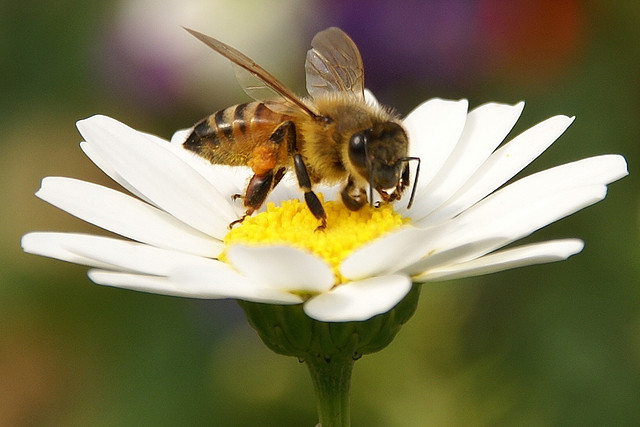
But leather is a by-product of the meat industry, so it makes sense to use it, right?
Many people feel buying leather makes use of the whole animal and so reduces waste from the meat industry. However, leather is less of a by-product and more a highly profitable part of the industry. Buying leather directly supports the meat industry; therefore, the same ethical and environmental concerns apply.
Much of the softest leather comes from unborn calves or newborns, such as those slaughtered for veal. Most animals kept for leather endure the same appalling factory farming conditions as those raised for food. Even so-called “free-range” animals may not fare better. Indian cows are a common source of leather and are transported across the country, often in horrendous conditions, to states where it is legal to slaughter them.
Leather production has a high environmental cost: To begin with, most leather is from methane-producing cows, a serious factor in climate breakdown. Also, much leather that claims to be Italian is actually from ranches in the Amazon rainforest which, in some cases, have been set up on illegally cleared land. Finally, leather tanning is a highly toxic process – both for people and the environment – which is largely outsourced to developing countries that must pay the high price. In Bangladesh, for example, the Buriganga river, which runs through a major leather-production zone, has been declared “ecologically dead” as a result of pollution.
Aren’t we doing these animals a favor by giving them A life?
Many animals are treated so cruelly during their brief lives that no, we are not doing them a favor by giving them a life.
Birds stand in filthy sheds, on broken legs, alongside the dying and dead, hungry, and in too much pain to move.
Cows on dairy farms call day after day for their newborn calves, who were taken from them. The milk made to suckle their young is wanted instead for human consumption.
Lambs freeze to death on wintry hillsides because their mothers were impregnated too early, just so lamb meat can be in the shops in the springtime.
A short life filled with pain and misery is no real life at all.
Isn’t it impossible to be vegan, as animal products are in everything?
Being vegan isn’t about perfection. It’s about doing the best we can in this imperfect world. We may not be able to control how the dyes in our carpets were made or the trim in our car, but we can choose what we eat, and it is not difficult to eat vegan – whether at home, in restaurants, or on the go.
The Vegan Society states that being vegan is:
‘A way of living which seeks to exclude, as far as is possible and practicable, all forms of exploitation of, and cruelty to, animals for food, clothing or any other purpose.’
For the vast majority, being vegan is not a quest for personal purity, but a way of life that avoids unnecessary suffering and promotes compassion rather than cruelty.
Because we have canine teeth, doesn’t that mean we are carnivores?
We are not carnivores – we cannot survive on a carnivorous diet. We can, however, survive as vegans and, in many cases, more healthily than omnivores. The teeth we call canines look nothing like the teeth of a canine, and they’re misnamed. And while we’re on the subject, our guts look nothing like meat-eaters’ short guts but instead more closely resemble those of our herbivorous friends.
PAGE UPDATED DECEMBER 2022

